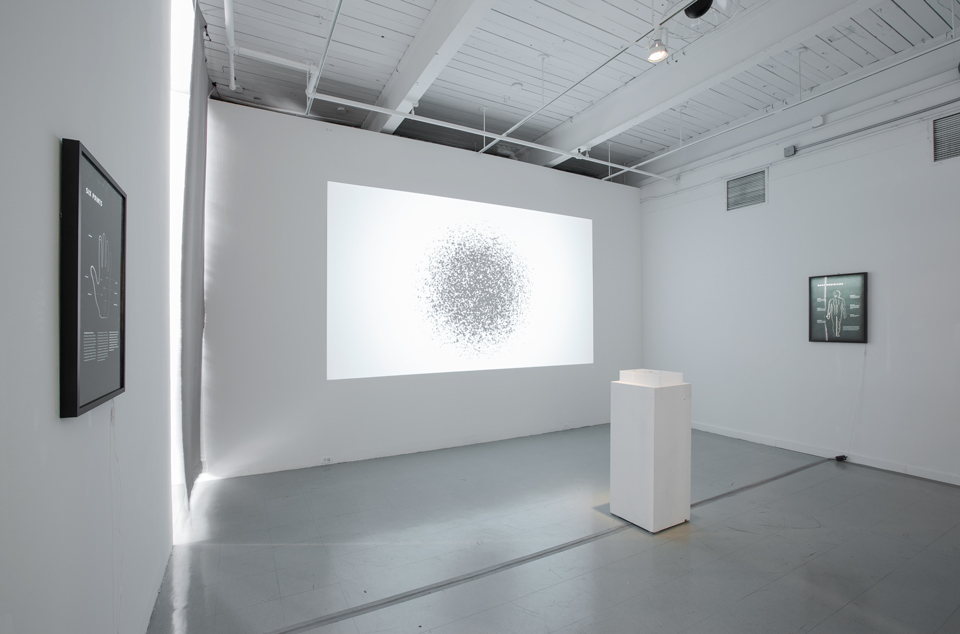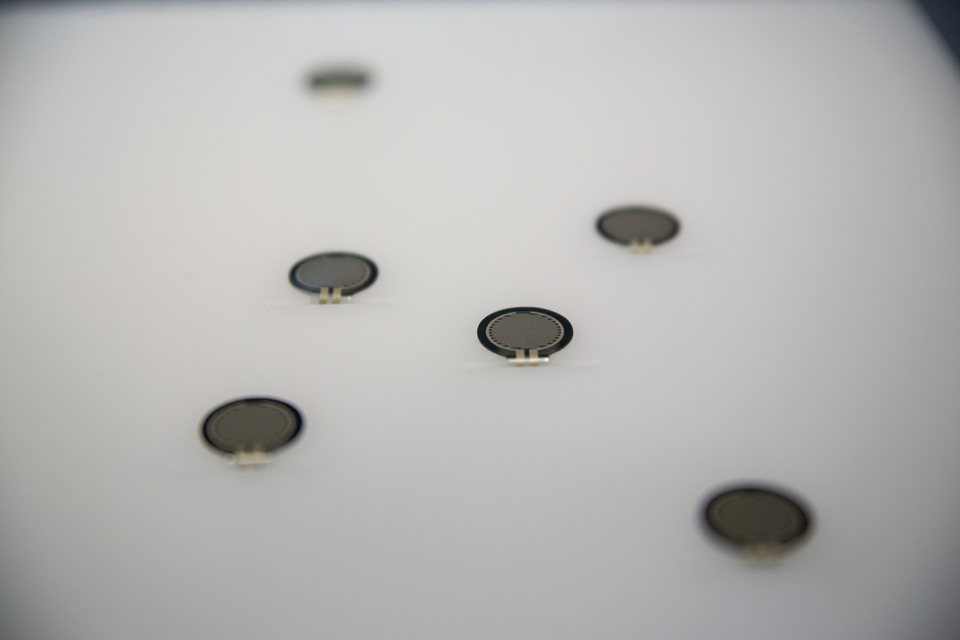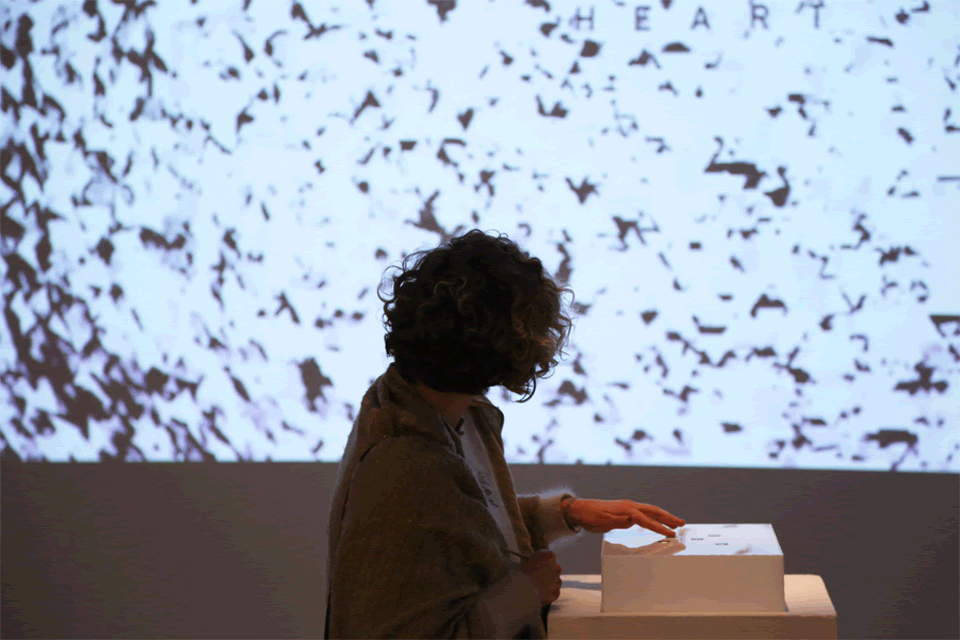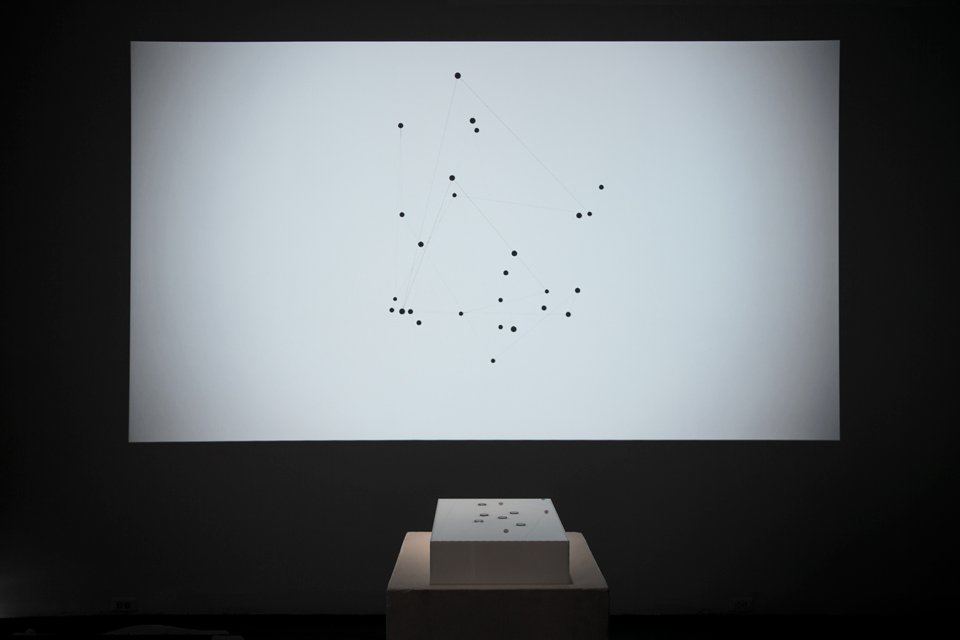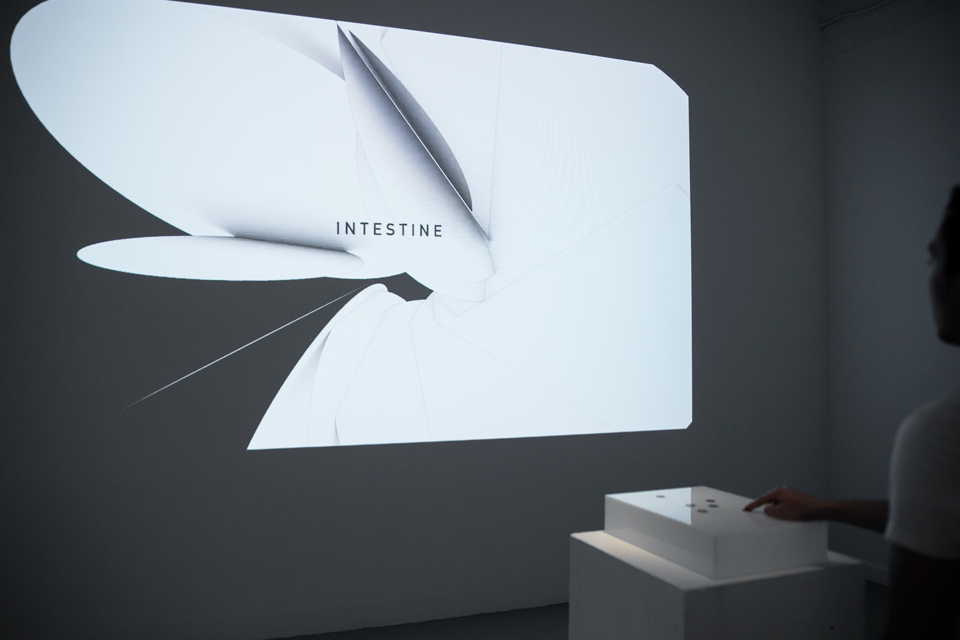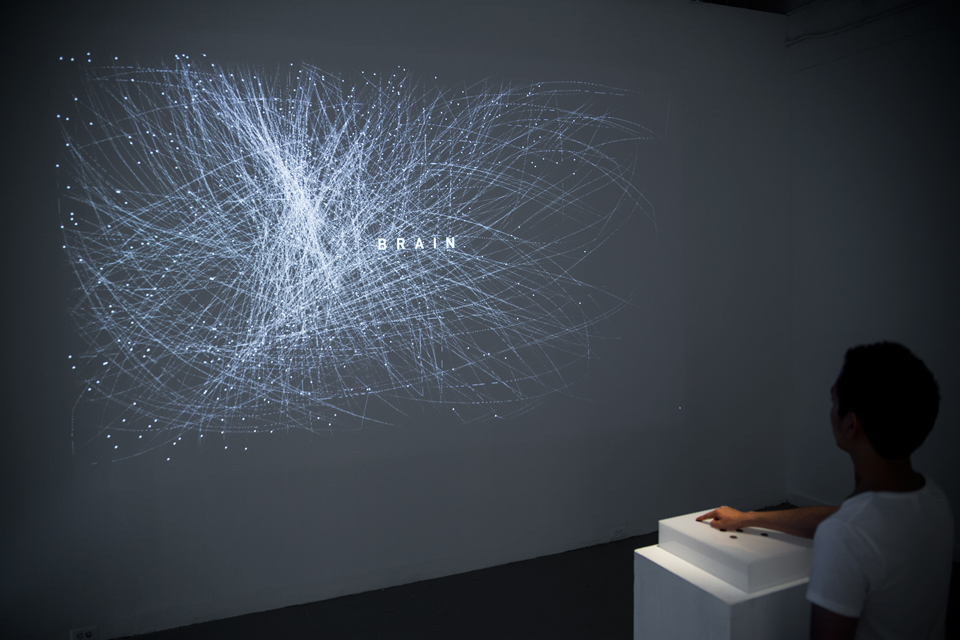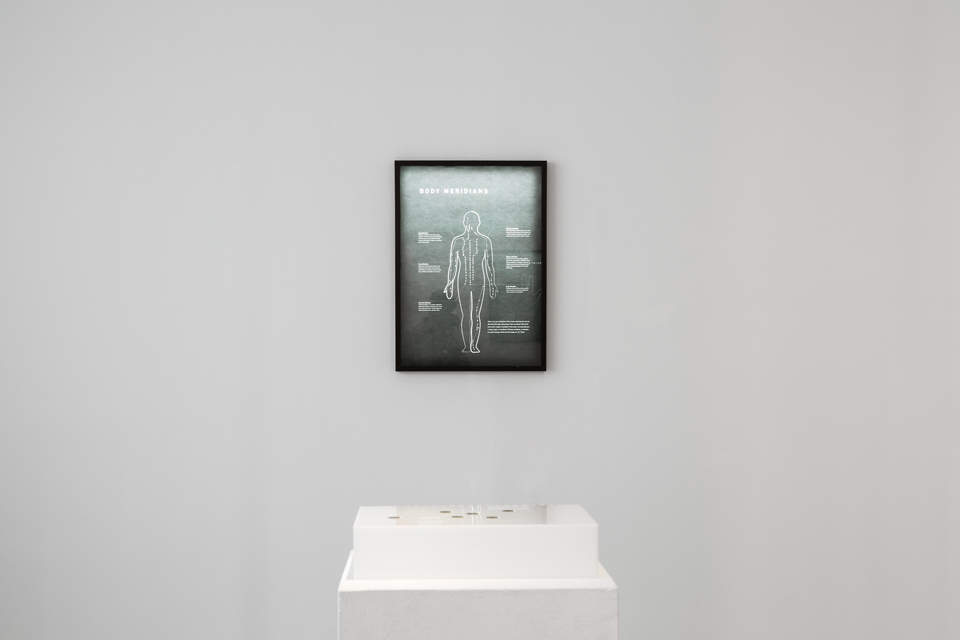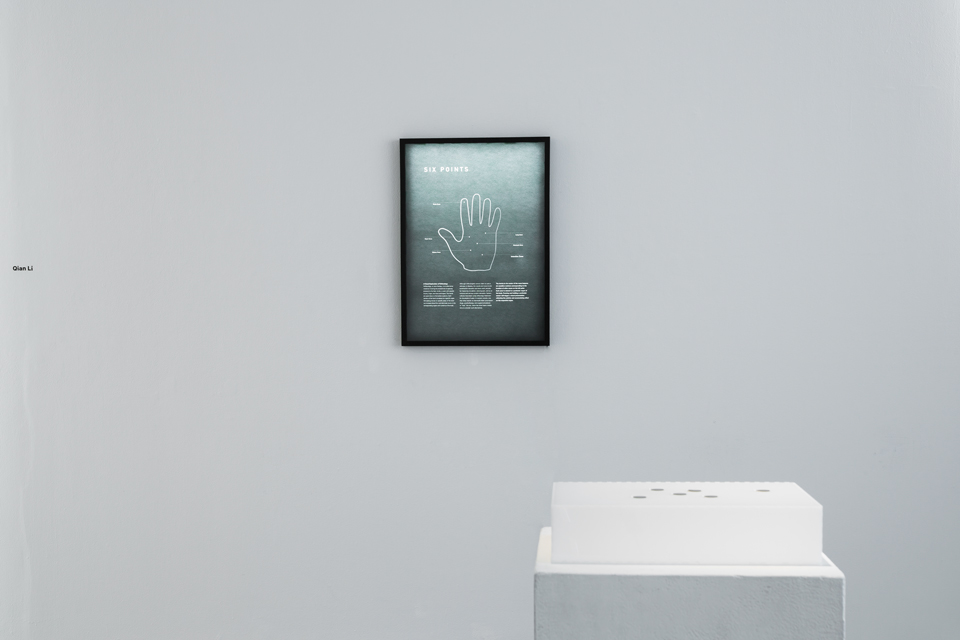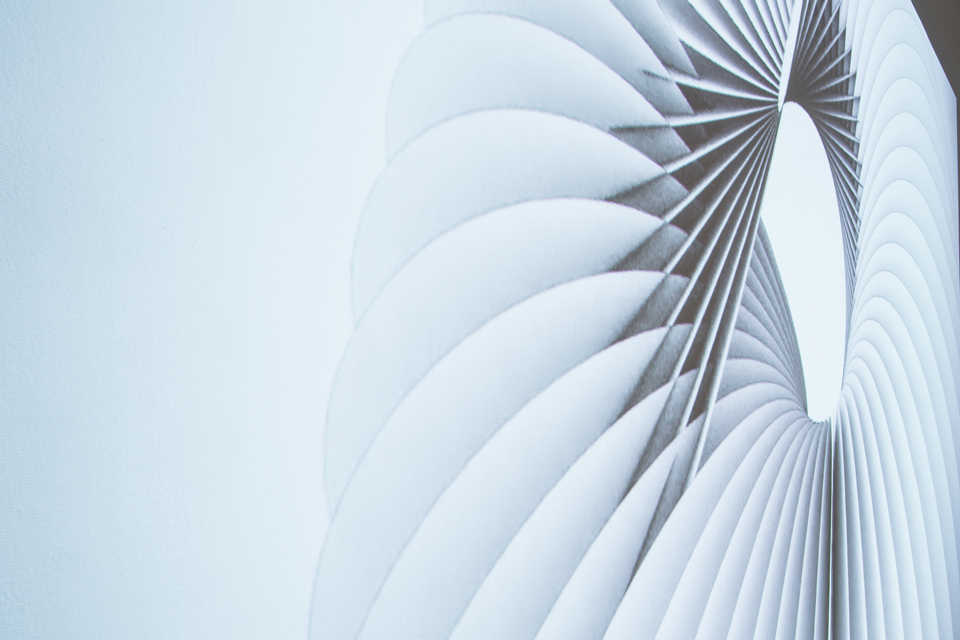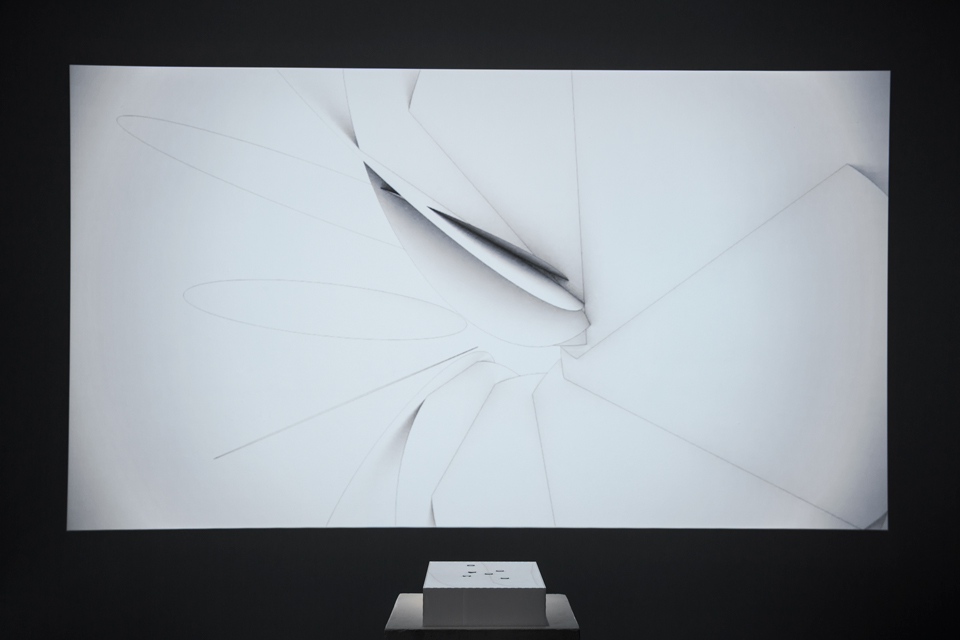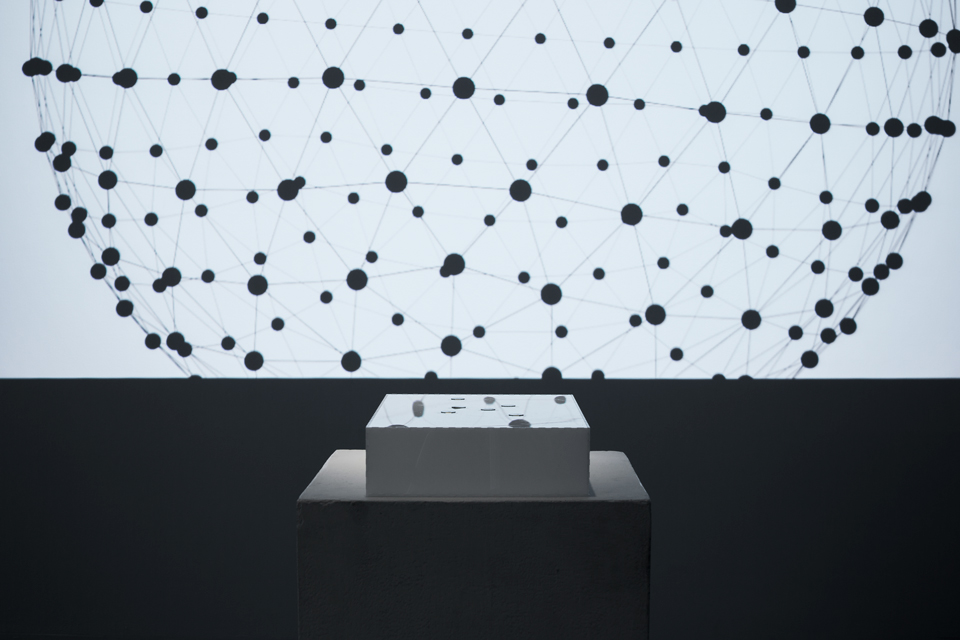My mother likes watching healthcare shows. She also loves to share with me, even though she has to call me from China. Most of these shows are about teaching people general knowledge, like the ingredients of a healthy diet or special recipes to relieve back stress or headache. She likes to talk about new information she learned from these shows, although sometimes I am not totally listening.
But the conversation makes me think a lot about traditional healthcare. For example, I was introduced to reflexology in the first grade in primate school. In school in China, we have a special reflexology for the eyes. This eye reflexology treatment has been used as the standard exercise for all students in China since 1963, with familiar music playing over loud speakers. It is like a massage for eyes, and there are four moves in the treatment, for four different reflex zones.
Reflexology, or zone therapy, is an alternative medicine involving the physical act of applying pressure to the feet, hands, or face with specific thumb, finger, and hand techniques. The hands are open doors to the bodies systems. Each section of the hand correlates to a specific organ. Stimulating nerves on specific areas of the hand can increase blood flow and eliminate toxins in the corresponding organs and systems of the body. Although reflexologists cannot claim to cure a sickness or disease, the practice is known to be beneficial for relaxation and stress relief for improving circulation and relieving pain, and for stimulation the immune and nervous systems.
Eastern cultures have been using reflexology treatment for thousands of years. Shiatsu is Japanese for "finger pressure". It is a type of alternative medicine consisting of finger and palm pressure, stretches, and other massage techniques. There is no scientific evidence for any medical efficacy of shiatsu, but some shiatsu practitioners promote it as a way to help people relax and cope with issues such as stress, muscle pain, nausea, anxiety, and depression.
On the other hand, western healthcare, relies heavily on prescription drugs, psychotherapy, and surgical procedures to “heal" the sick, many westerns are seeking alternatives. Reflexology is one of the most used alternative therapies in Denmark. A national survey from 2005 showed that 21.4% of the Danish population had used reflexology at some point in life and 6.1% had used reflexology within the previous year. A study from Norway showed that 5.6% of the Norwegian population in 2007 had used reflexology within the last 12 months.
I am a graduate student in graphic design at Maryland Institute College of Art. “How can I design something for reflexology? ” I found inspiration in Paola Antonelli’s TED talk, “ Treats Design as Art .” In her presentation, Paola introduces many design examples, but one example resonated with me the most: a school of design in Jerusalem that tries to find a better way to design gas masks for people. So a teenager can sip a Coke and toddler can held by parent. Paola then discussed the relationship between design and science. “ I’m trying to find not the metaphors but, rather, the points in common – the common gripes, the common issues, the common preoccupations – and I think that it will enable us to go a little further in this idea of design as an instruction, as a direction rather than a prescription of form.”Read More

